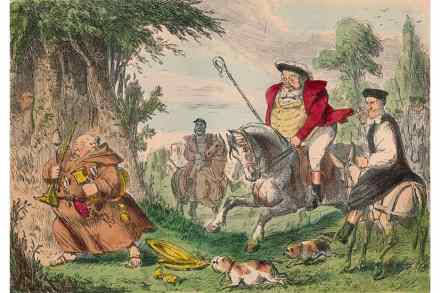Henry VIII’s windfall from the monasteries was shockingly short-term
In 1536 there were 850 monastic houses in England and Wales; just four years later they were all gone. The romantic remains of many of them still grace our landscape, Shakespeare’s ‘bare ruin’d choirs’ receiving more visitors today than the living communities did half a millennium ago. Now these visitors are primarily tourists and heritage lovers; then they were pilgrims, travellers, businessmen and, of course, those who toiled spiritually as servants of the Church, some more conscientiously than others. Monasteries were huge physically, commercially and spiritually; ‘they were never only scenery,’ declares James Clark in his new book: ‘Their profile defined not only a locality but sometimes a whole region.’


